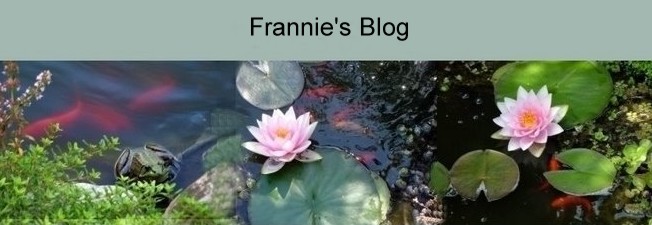In my time I have worked at many different jobs; baby-sitter, waitress, retail worker, interior designer, book-keeper, mother (the job for life) and school teacher, and it is the latter I want to talk about now.
Teaching kids at school is the most difficult and nerve-wracking thing I have ever done and I admire anyone who has lasted in this profession for more than ten years without suffering from burn-out. I stuck it out for seven years as a full-time primary grade teacher and it took me the first five years before I began to feel confident enough to relax and feel that I was actually helping my students. Looking back now I believe that 19 years of age is too young to be put in charge of seven and eight-year-olds and it wouldn't happen today because of the increased academic requirements to qualify as an educator. At least I was somewhat older and a bit more mature when I returned to the classroom years later as a Supply Teacher, the worst of the worst positions in most cases. One day I'd be in Kindergarten, the next in high school. But the one class I never had problems with was when I replaced the Art Teacher. For some reason the same kids who behaved like juvenile delinquents in, say, a math class suddenly became keen and respectful in Art Class. That classroom was always quiet or at least engendered the low buzz of engaged concentration.
So today I'm going to teach another class: it's called HOW TO PAINT IN WATERCOLOUR. Actually it should be How I Paint in Watercolour, and my way isn't the only way, but it's what I know.
So here we go.
First you need to have your paints arranged on your pallette in some sort of order. I like to have my earth tones at the side and my primaries across the top with the yellows at the corner. My water container is at the top, divided in two sections, one for cleaning the brushes, one for mixing the pigment. It doesn't always stay that way but it's easy enough to get fresh water. Below the pallette is a wad of paper towel for damping off the bristles.
The pigment comes in tubes and can dry out there after a while once opened so it's a good idea to squeeze out a good sized blob into your pallette space. It can stay there for a long time; it will dry out but can be reactivated with more water. Use Artist quality paint whenever possible. It's pure pigment, no filler, and will last for ages. Better to have a limited selection of colours and learn to mix from them.
The brushes here: a 3/4 inch flat, two number 8's, pointed, one to paint with, one to lift out or soften colours, a number 2 detail brush and an old shabby brush for applying masking fluid if necessary. Masking fluid is liquid latex which dries where you place it to protect certain areas from being lost. It can be removed with an eraser. You'll see what I mean soon.
Because I'm a leftie my paints are at left and the light source is from the right.
The paper here is Arches 300 lb. It won't buckle like lighter weight papers and can take many layers of water and paint. The sketch is done in light pencil and the sky is washed in. To make a wash you first wet the whole area to be painted, then flow the paint on and tip the paper around so it will flow evenly. I used cobalt and cerulean blue here, letting them run together. I always do the sky first in an outdoor painting because it establishes the mood for the piece.
You can establish the trees now, right over the sky once it's dry. I used a sea sponge to lay in the greenery. You can see a yellowish line at the roof top. That's the masking fluid to prevent the sponge from landing on the roof, keeping the trees in the background.
Now the mask is removed and the roof begins, also a bit of shrubbery at the front.
Here I've added a dog, a couple of cats and the first wash for the front lawn. I also masked the animals and the shrubbery and added the darkest darks on the roof.
More detail is added to the gardens. A pale under colour is glazed on the body of the house. (Glazing is painting a thin layer directly onto the paper.)
I start to add the bricks, tedious but kind of trance-inducing. The windows reflect the sky.
The bricks are done now, also the shutters and the beginning of the shadows on the garage door. You can see the leaves on the front shrubs stand out from the brick wall because they were masked.
The shadows on the roof are started as well as under the eaves and around the windows.
More shadows on the lawn now make the house stand out. I added more leafery to the trees behind because I didn't like the empty space just above the middle of the roof even though it is there in the photograph. You can play around with elements like this for the sake of the painting as a whole. You can also have fun with the lines of the house as long as it remains in perspective and retains its basic personality. Note the paint blobs at the bottom...I use that white area to test colours before using them. The mat will cover them later.
And now I think we're done! When I'm absolutely sure I'll sign the piece and deliver it to my client.


























































